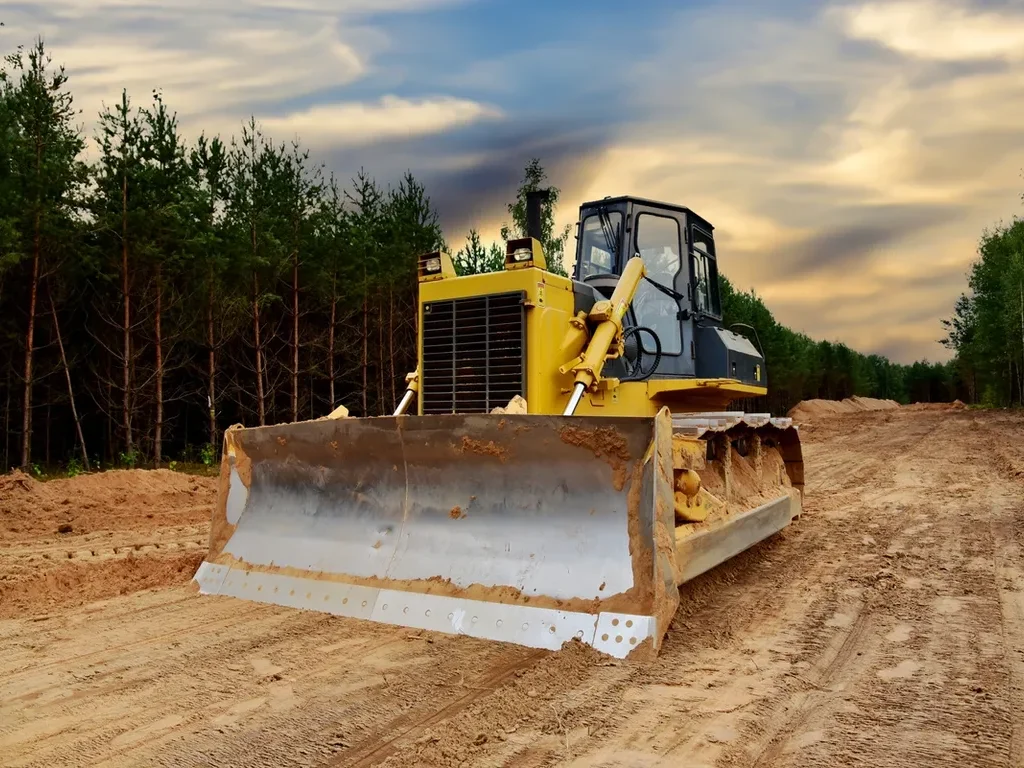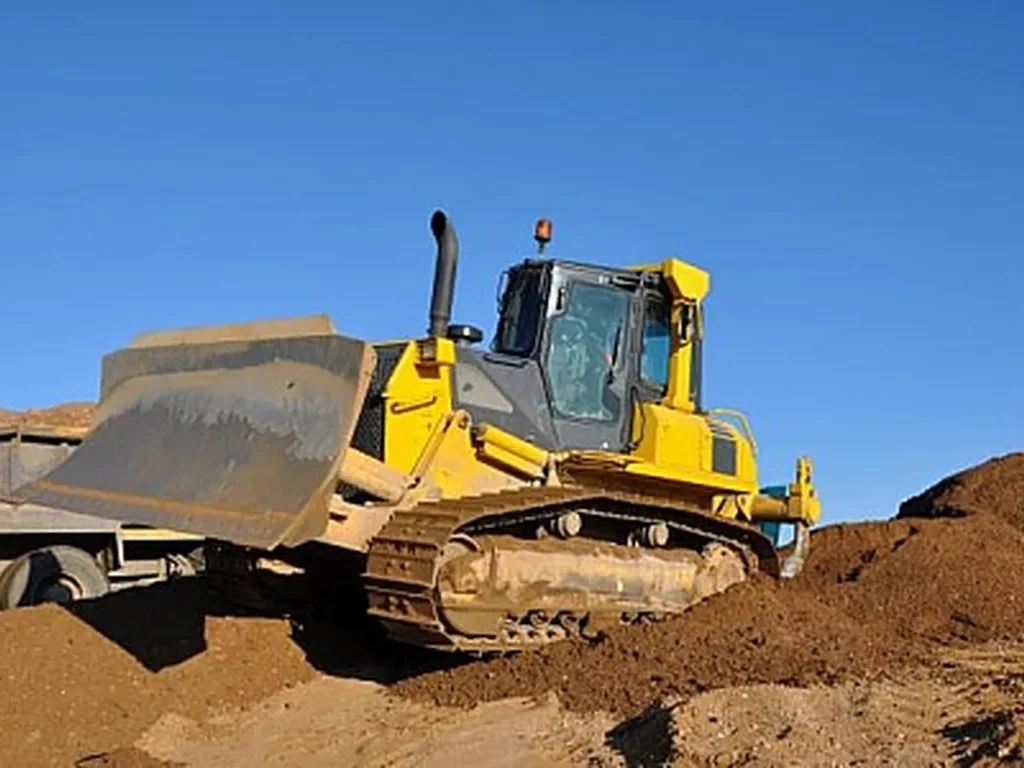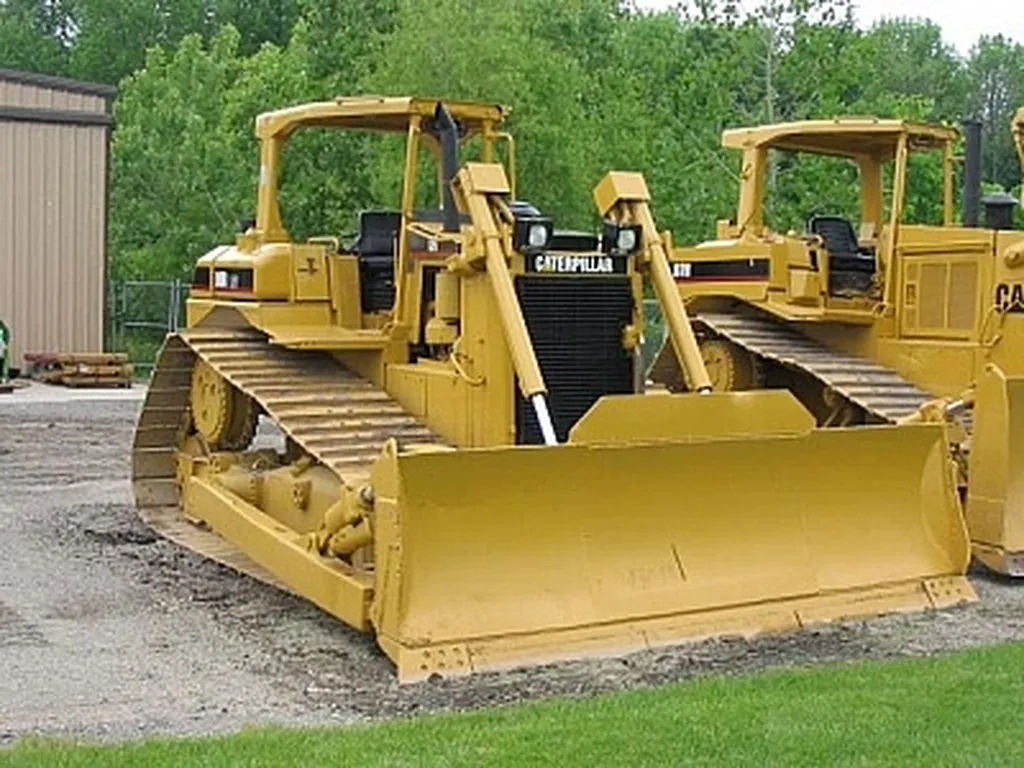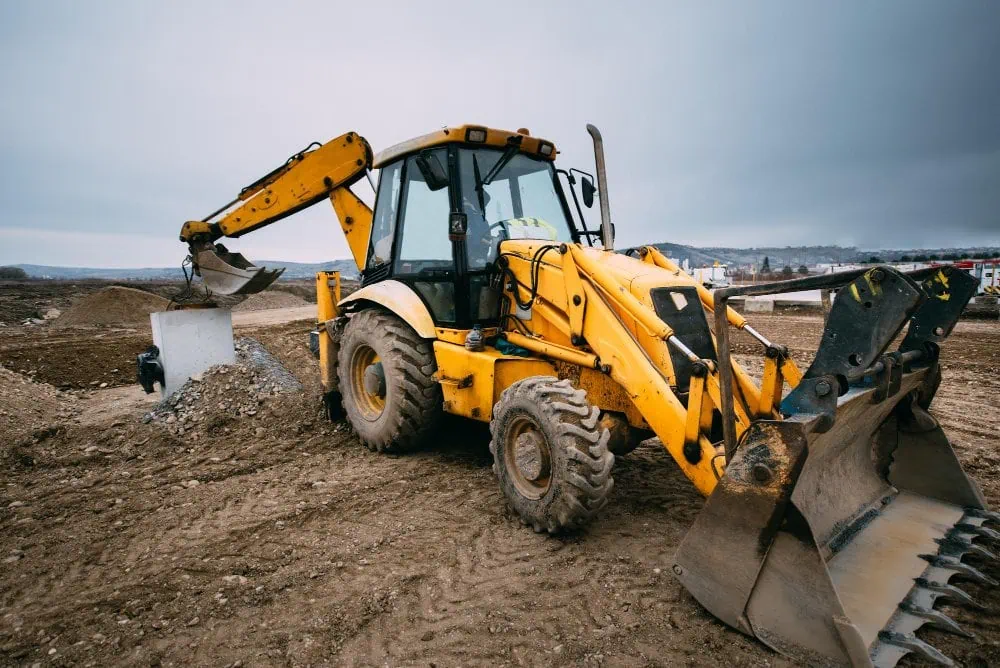In the world of construction and heavy equipment, the bulldozer stands as an essential tool, renowned for its power and versatility.
A critical aspect of operating these machines effectively lies in understanding the bulldozer weigh. The weight of a bulldozer significantly influences its performance, fuel efficiency, and safety. This article delves into the importance of bulldozer weigh, offering insights on how to optimize its impact for enhanced efficiency in various applications.
Table of Contents
ToggleThe Importance of Bulldozer Weigh in Construction
The weight of a bulldozer plays a pivotal role in determining its effectiveness on the job site. Here’s why bulldozer weigh matters:
Stability and Ground Pressure
A bulldozer’s weight directly affects its stability and ground pressure. Heavier bulldozers provide better stability, essential for tasks requiring precision, such as grading and sloping. However, too much weight can increase ground pressure, potentially causing soil compaction or damage to sensitive surfaces. Understanding the optimal bulldozer weigh helps operators balance stability and minimize ground impact.
Performance and Efficiency
The performance of a bulldozer is intrinsically linked to its weight. Heavier models can push and move larger volumes of material, making them suitable for heavy-duty tasks like earthmoving and demolition. Conversely, lighter bulldozers are more maneuverable and consume less fuel, making them ideal for smaller projects or areas with limited access. Optimizing the bulldozer weigh ensures that the machine performs efficiently across different tasks.
Fuel Consumption
Fuel efficiency is a critical factor in construction projects, directly affecting operational costs. A heavier bulldozer weigh typically leads to higher fuel consumption. By understanding and optimizing the weight, operators can achieve better fuel economy without compromising performance. Selecting the right balance between weight and task requirements is key to minimizing fuel usage.
Safety Considerations
Safety is paramount in any construction environment. The bulldozer weigh influences the machine’s braking system, handling, and overall safety. Properly understanding the weight ensures that the bulldozer operates within safe limits, reducing the risk of accidents and equipment failure. Adequate training and knowledge of the machine’s weight characteristics are crucial for safe operation.

Factors Influencing Bulldozer Weigh
Several factors determine the weight of a bulldozer, each contributing to its overall performance and suitability for specific tasks:
Machine Size and Configuration
Bulldozers come in various sizes and configurations, from compact models to large, heavy-duty machines. The bulldozer weigh increases with the size and complexity of the machine. Larger bulldozers are equipped with more powerful engines, reinforced frames, and additional features, all of which contribute to their increased weight.
Blade Type and Attachments
The type of blade and additional attachments also affect the bulldozer weigh. For example, a bulldozer equipped with a larger blade for pushing heavy material will weigh more than one with a smaller, standard blade. Similarly, adding attachments like rippers or winches increases the machine’s overall weight, impacting its performance and fuel efficiency.
Material Composition
The materials used in the construction of the bulldozer play a significant role in determining its weight. High-strength steel and reinforced components add to the durability and longevity of the machine but also contribute to its heavier weight. Manufacturers often strive to strike a balance between using robust materials and maintaining an optimal bulldozer weigh.
Ballast and Counterweights
In some cases, additional ballast or counterweights are added to a bulldozer to enhance stability and performance. These weights are crucial for maintaining balance, especially when using heavy attachments or working on uneven terrain. The inclusion of ballast affects the overall bulldozer weigh, influencing its operational efficiency.

Optimizing Bulldozer Weigh for Enhanced Efficiency
To maximize the efficiency of a bulldozer, it’s essential to optimize its weight for specific tasks. Here are some strategies to achieve this:
Selecting the Right Bulldozer for the Job
Choosing the correct bulldozer based on the job requirements is the first step in optimizing efficiency. Assess the nature of the project, terrain, and material to be moved. A lighter bulldozer with lower bulldozer weigh might be more suitable for smaller, delicate projects, while a heavier model is better for large-scale earthmoving tasks.
Regular Maintenance and Inspections
Regular maintenance and inspections are crucial to ensuring that the bulldozer operates at its optimal weight and performance. Over time, wear and tear can affect the machine’s weight distribution and efficiency. Checking components like the blade, undercarriage, and attachments helps maintain the correct bulldozer weigh and prevents unnecessary strain on the equipment.
Using the Correct Attachments
Selecting the appropriate attachments for specific tasks can significantly impact the bulldozer weigh and overall efficiency. For example, using a specialized blade for grading can improve performance and reduce fuel consumption. Understanding how different attachments affect the machine’s weight helps in making informed decisions that enhance productivity.
Training and Operator Awareness
Operator training plays a vital role in optimizing bulldozer efficiency. Skilled operators who understand the impact of bulldozer weigh on performance can adjust their techniques accordingly. This includes managing load distribution, adjusting speed, and operating the machine within safe weight limits to maximize efficiency and safety.
Monitoring and Adjusting Load Distribution
Proper load distribution is essential for maintaining balance and stability during operation. Uneven load distribution can lead to increased wear on certain components and affect the overall efficiency of the bulldozer. Operators should monitor the load and make adjustments as needed to ensure even distribution and optimal bulldozer weigh.

Future Trends in Bulldozer Weigh Optimization
The construction industry continues to evolve, with advancements in technology and materials playing a significant role in optimizing bulldozer weigh. Here are some emerging trends:
Lightweight Materials
The development of lightweight yet durable materials is helping manufacturers reduce the bulldozer weigh without compromising strength and durability. This trend allows for better fuel efficiency and easier maneuverability, making bulldozers more adaptable to various tasks and environments.
Smart Technology and Sensors
The integration of smart technology and sensors in bulldozers is revolutionizing the way operators manage bulldozer weigh. Real-time data on weight distribution, fuel consumption, and machine performance enables operators to make informed decisions, enhancing efficiency and productivity.
Electric and Hybrid Bulldozers
The shift towards electric and hybrid bulldozers is another trend that impacts bulldozer weigh. These machines are designed to be more environmentally friendly, with reduced emissions and improved fuel efficiency. As technology advances, the weight of these machines is expected to decrease, making them more efficient and cost-effective for construction projects.

Conclusion
Understanding and optimizing bulldozer weigh is essential for enhancing efficiency, performance, and safety on the job site. By considering factors such as machine size, attachments, and material composition, operators can make informed decisions that maximize productivity and minimize costs. Regular maintenance, proper training, and the adoption of emerging technologies further contribute to optimizing bulldozer weigh, ensuring that these powerful machines continue to be indispensable tools in the construction industry.If you have any questions, feel free to contact us.
